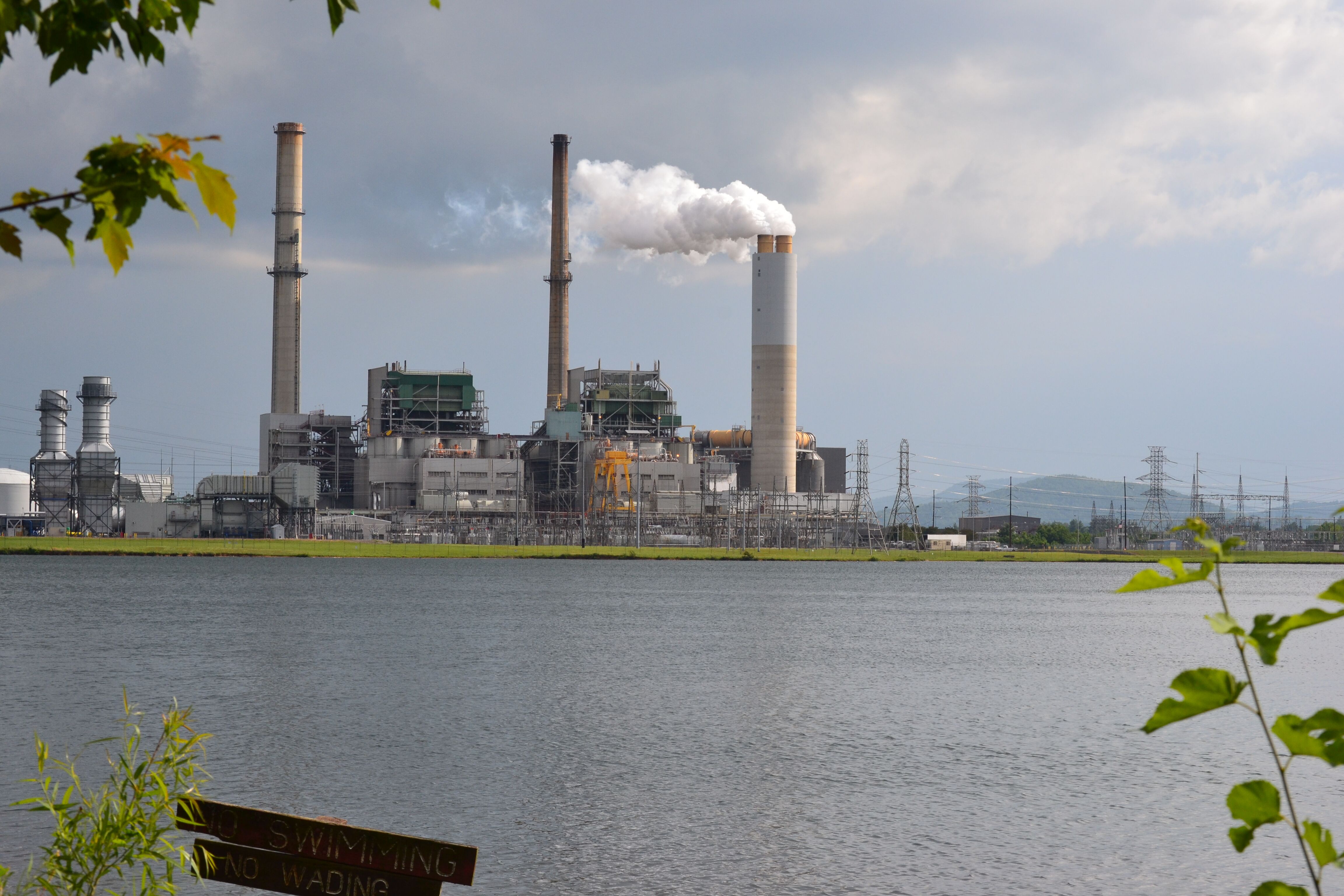Duke Energy’s continued reliance on coal-burning power plants is a bad business decision for the utility and likely an increasingly high-risk option for investors, according to an analysis by an independent financial think tank that follows the energy industry.
Carbon Tracker studies the impact of the global energy transition on capital markets, and investments in high-cost, carbon-intensive fossil fuels. Its analysts say coal is responsible for about 80% of all carbon emissions from power generation, and they map the risks, opportunities, and routes toward a low-carbon future. They say utilities that don’t reassess their reliance on fossil fuels are exposing their owners—the shareholders—to potential lost value.
Carbon tracker analysts identified serious economic concerns with Duke Energy Corporation’s coal fleet, which represents 29% of its total operating capacity. They looked at Duke’s earnings before interest, tax, depreciation, and amortization or “EBITDA,” a measure of profitability. They found that 89% of Duke’s coal fleet may have a negative EBITDA today, and anticipate that 96% could have a negative EBITDA by 2030.
Further, Carbon Tracker’s analysis shows it would be cheaper for Duke to build new utility-scale solar or onshore wind than to operate existing coal plants today. In fact, renewable energy technologies are now the cheapest form of new electricity generation across most of the world—cheaper than both coal and gas.
In addition, Duke is failing to address its critical role in the climate crisis: The utility is not on track to meet the goals of the Paris Agreement, a global action plan to avoid worsening the impacts of climate change by limiting global warming to well below 2°C and pursuing efforts to limit it to 1.5°C.
Duke, the country’s largest electric utility, is the biggest carbon emitter in the United States. Too much carbon dioxide in the atmosphere is the main driver of the climate crisis, and the overload in our atmosphere is caused mainly by burning fossil fuels like coal, oil, and gas and by cutting down and burning forests.
Meanwhile, Duke continues to seek ways to raise customers’ rates, not only to clean up the toxic waste created by continuing to burn dirty coal and build out a costly, unnecessary fracked gas infrastructure but also to deal with the impacts of the very climate disruption to which Duke is a major contributor.
In a filing last year, Duke said, “unprecedented costs to respond to Hurricanes Florence and Michael and Winter Storm Diego will have a corresponding rate impact on customers.”
The climate crisis has led to stronger hurricanes, more severe flooding, life-threatening heat waves and longer wildfire seasons. And climate change doesn’t affect everyone equally: low-income communities, elderly people and communities of color often suffer most. These communities already suffer higher rates of many health conditions such as asthma and heart disease, are more exposed to environmental pollution, and take longer to recover from natural disasters.
To fight climate change and become Paris-aligned, Carbon Tracker analysts say Duke should provide a coal unit retirement schedule that is consistent with a credible climate scenario and assign a retirement date for each of its coal units.
Duke Energy has a responsibility to its shareholders and to the 7.2 million customers it serves to carefully analyze its resource planning and take full advantage of the value of renewables as it charts how to generate electricity over the next several decades.
It’s a bad bet for Duke’s bottom line—and a dangerous bet for the health of our communities—to keep burning fossil fuels. Duke Energy can, and must, transition rapidly to a 100% clean, renewable electricity system that’s safe for families and children and helps everyone pay less on their bills.
